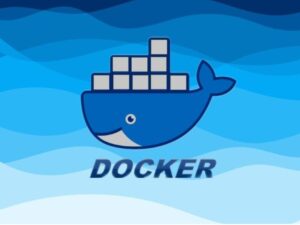
Competing companies Snowflake, Salesforce, Tableau, Mistral AI, and others have come together to create a standard for sharing data between AI-enabled products.
The Open Semantic Interchange (OSI) industry initiative was organized by cloud data storage company Snowflake, along with other firms, and received financial backing from BlackRock. The initiative is intended to be an open ecosystem that facilitates the exchange of data between AI agents, business intelligence platforms, and other tools.
Solving the problem of bad data in AI deployments
One of the significant barriers to the adoption of generative AI is semantic mismatch; that is, different companies often define metrics and terms in different ways. If those terms don’t match what an AI was trained on, AI analysis may be inaccurate. Snowflake refers to this as reconciling data definitions and values, and it’s the purpose of the OSI standard.
“With the Open Semantic Interchange initiative, we are proud to be leading the charge alongside our partners to solve a foundational challenge for AI — the lack of a common semantic standard,” said Christian Kleinerman, executive vice president of product at Snowflake, in a press release on Tuesday. “This initiative reflects the industry coming together, not competing, to solve shared challenges and build a more connected, open ecosystem for all.”
Building an open semantic standard
Snowflake said the OSI initiative has five principles: standardization, interoperability, extensibility, open source, and domain-specific models. The companies behind the initiative aim to develop an open-source language and structure that is readable across various AI products and services. Ideally, this will reduce the time it takes for businesses to reach the point where they can actually use that data.
Put more concretely, the group intends to produce an OSI model that will specify semantic metadata in a standardized YAML format, as well as OSI models for specific AI applications or languages.
To get involved, apply on Snowflake’s website.
Huawei claims to have a three-year plan to achieve AI dominance, including competing with Nvidia on the speed of data transfers.
Source of Article



